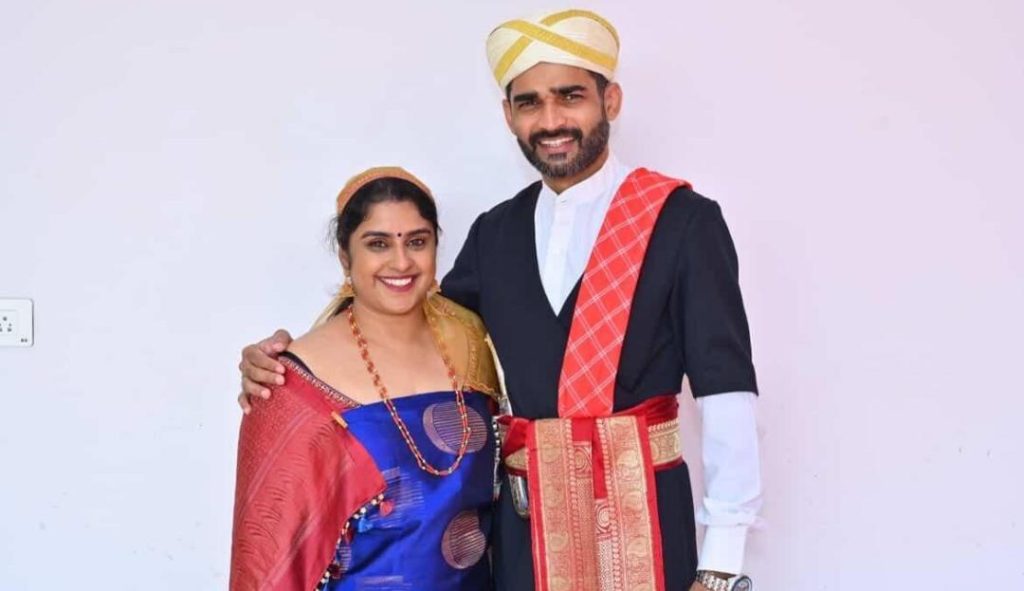
Insights through Genetic Analysis: Exploring Kodavas’ Ancestry
The Kodavas, a community residing in the picturesque Coorg region of Karnataka, India, have long been known for their unique cultural identity and rich traditions. However, the origins of this community have remained shrouded in mystery until recently. A groundbreaking genetic study has shed new light on the ancestry of the Kodavas, revealing a complex and fascinating past that defies easy categorization.
According to the study, published in the journal ‘European Journal of Human Genetics’, the Kodavas can be divided into three distinct genetic groups: Coorg1, Coorg2, and Coorg3. These groups not only exhibit distinct genetic profiles but also suggest a rich and varied history that has shaped the community’s identity over time.
Coorg1: Ties to Ancient Tribes
The Coorg1 group, comprising around 40% of the Kodava population, shows a strong genetic affinity to ancient tribes that inhabited the region thousands of years ago. This group exhibits a high frequency of genetic markers characteristic of indigenous Indian populations, such as the Dravidian-speaking tribes of southern India. This suggests that the Coorg1 group may have descended from these ancient tribes, who were likely displaced or assimilated into the Kodava community over time.
Coorg2: Indo-European Links
The Coorg2 group, making up around 30% of the population, exhibits a strong genetic linkage to Indo-European populations, which is not surprising given the region’s history of migration and cultural exchange. This group shows a high frequency of genetic markers common in Indo-European populations, such as the European and Central Asian populations. This suggests that the Coorg2 group may have originated from migrants who arrived in the region over the centuries, bringing with them their unique genetic profiles.
Coorg3: Unique Genetic Markers
The Coorg3 group, comprising around 30% of the population, stands out for its unique genetic profile, which is not found in any other population in the region. This group exhibits a combination of genetic markers from both indigenous and Indo-European populations, suggesting a complex history of migration and isolation. The genetic markers found in this group are thought to have originated from a combination of ancient and recent migrations, which have contributed to the community’s distinctiveness.
Implications of the Study
The findings of this study have significant implications for our understanding of the Kodava community’s ancestry. Firstly, they highlight the complexity of the community’s genetic makeup, which is a result of the interplay between different genetic groups over time. Secondly, the study suggests that the Kodavas have a unique history that is shaped by a combination of migration, assimilation, and isolation.
The study also has implications for the community’s cultural identity. The findings suggest that the Kodavas are not a homogeneous community, but rather a diverse group with multiple ancestral roots. This challenges the traditional notion of a single, monolithic Kodava identity and highlights the need for a more nuanced understanding of the community’s cultural heritage.
Conclusion
The genetic study of the Kodavas has provided a fascinating glimpse into the community’s complex ancestry. The findings highlight the importance of considering the nuances of genetic analysis when reconstructing the past. The study also underscores the need for a more nuanced understanding of the Kodava community’s cultural identity, which is shaped by a rich and varied history.
As researchers continue to uncover the secrets of the Kodava community’s past, we can expect new insights into the community’s history and cultural identity. The findings of this study serve as a reminder of the importance of preserving cultural heritage and promoting intercultural understanding.
Source:
https://researchmatters.in/news/genetic-studies-show-kodavas-coorg-have-complex-unique-past






